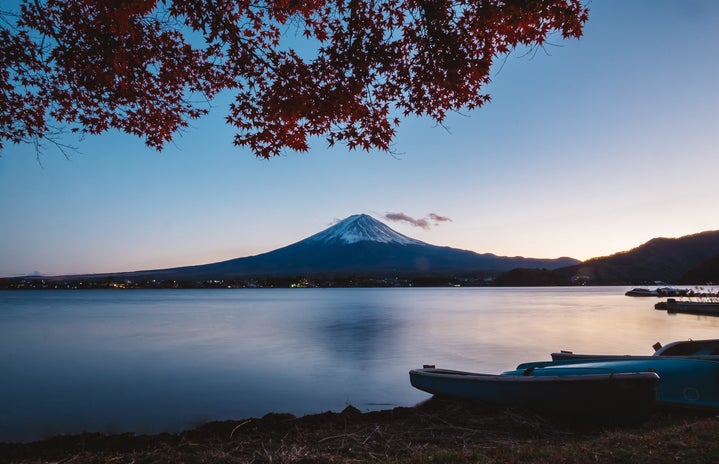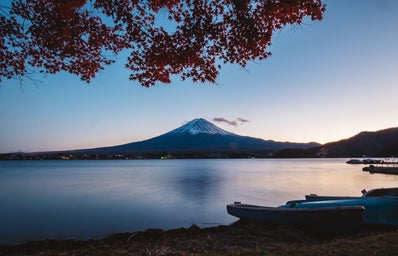How many Her campus readers have turned 20 this year?
As many of you may already know, Japan has a coming-of-age day. It is a day to celebrate and encourage young people turning 20, who are aware that they have become adults and are trying to be independent.
What age is considered as an adult in your country? From April this year, the age of adulthood will be lowered to 18 in Japan, but until then, people are considered an adult when they turn 20. Many people use this coming-of-age day to express their gratitude to the people around them and their families who raised them.
I was able to celebrate mine this year wearing a Furisode and going around to greet the people who had supported me.
On a coming-of-age day, the coming-of-age ceremony is held all over Japan, and most people attend it in the city where they were born and raised. There are many fun things to do, such as meeting old classmates and teachers from elementary and junior high school. But the best part of the coming-of-age ceremony is wearing and seeing colorful and gorgeous furisodes. In Japan, furisode is also called “Haregi” and people wear it on a very festive occasion.
By the way, can you tell the difference between a furisode and a regular kimono?
If you look closely, you can see the difference in the gorgeousness of the patterns, the position of the obi, the decorations, and above all, the length of the sleeves is quite different. Why do furisode look different from an ordinary kimono, and why do they have different names?
There are several reasons.
First, the “furu,” in furisode, means “shake” and has the meaning of warding off bad things and purifying. Waving the long sleeves of the furisode at the important milestone of adulthood, the coming-of-age-ceremony, means warding off bad luck and blessings.
The second reason can be traced back to the old days. Dancers in Edo (Tokyo) used to express their romantic affection by waving their furisode sleeves, which became popular among young unmarried girls. Therefore, married women don’t wear furisode because they don’t need to express their affection to others.
Furisode and kimono are similar in their original forms, but they have different names and sleeve lengths for various reasons. When you think about it, kimono is a profound culture, isn’t it?
I’d like to know if there are any traditional costumes or similar events in your country.
When wearing furisode, each of us has our unique hairstyle and color, and it’s exciting even just wearing them. I’m sure you can find some furisode or hairstyle ideas that would perfectly match you on Pinterest.
Again, congratulations to everyone celebrating their coming of age this year. Have you expressed your gratitude to your family and the people around you? If you have, that’s great, but if you were too busy and forgot to tell them, It’s never too late.
Lastly, I want to become a strong and considerate adult who can spread the kindness and love I’ve received from countless people.
Thank you for reading.

